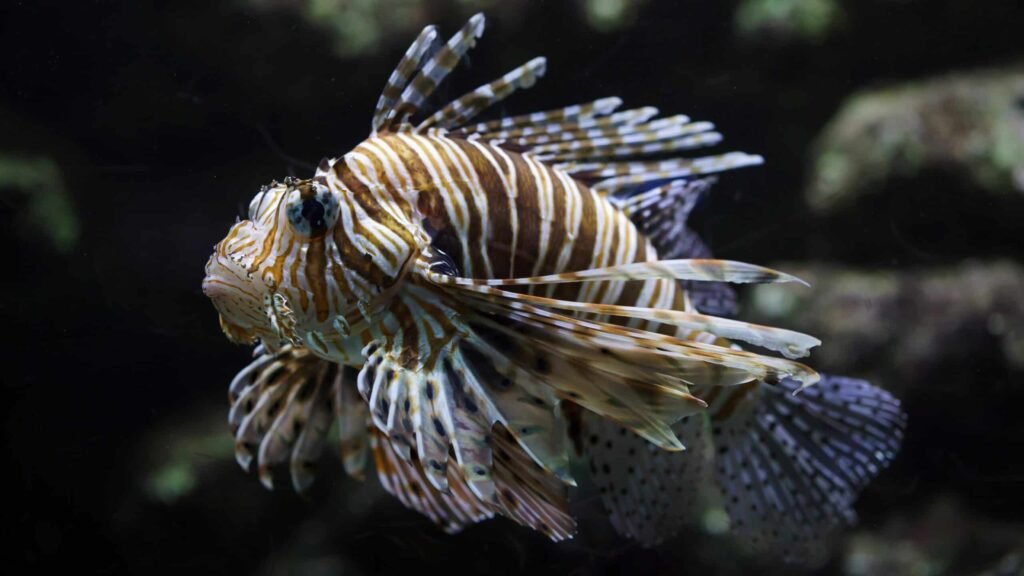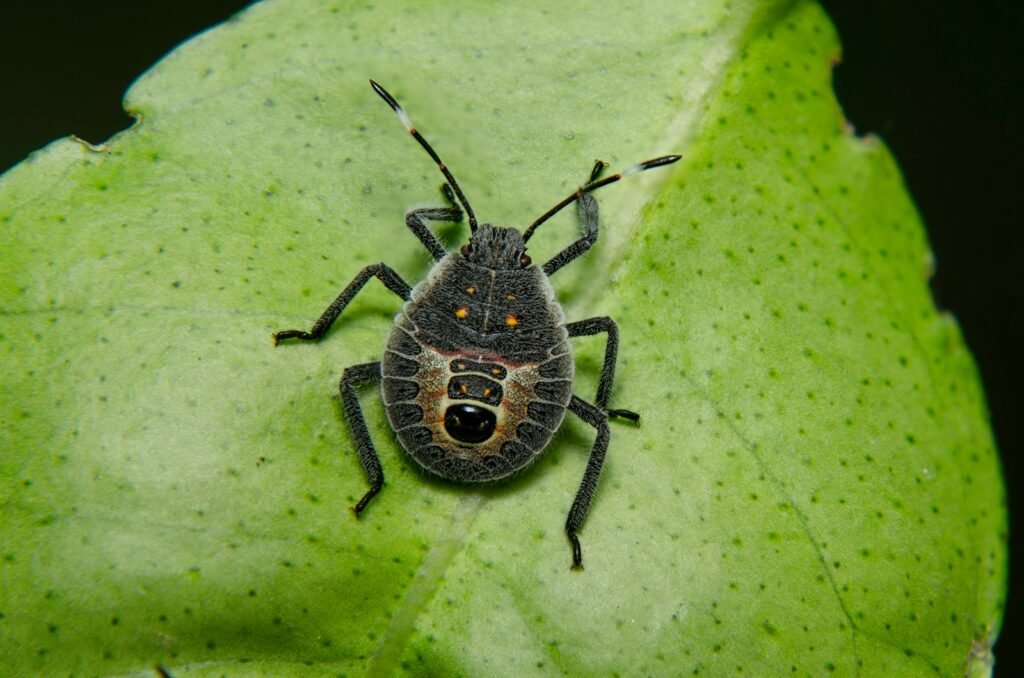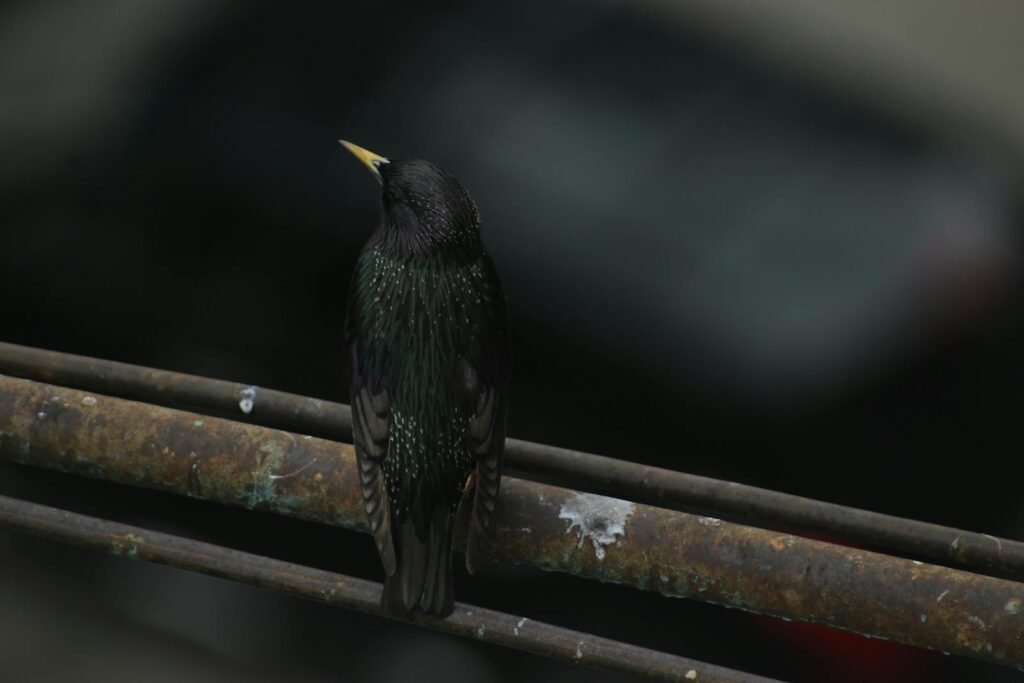Invasive species present one of the most significant threats to biodiversity and ecosystems worldwide, and North America is no exception. These species, often transported by human activity, can cause immense ecological damage, outcompete native species, and disrupt delicate environmental balances. This article explores some of the most destructive invasive species in North America, focusing on their impact and the ongoing efforts to manage their spread.
Introduction to Invasive Species

The term “invasive species” refers to non-native organisms introduced to an area where they cause harm to the environment, economy, or human health. These species often prosper in their new environments due to the lack of natural predators and can reproduce rapidly, outcompeting native flora and fauna. This phenomenon has led to significant changes and challenges within North American ecosystems.
The Impact of Zebra Mussels

Zebra mussels, originating from Eastern Europe, were first discovered in the Great Lakes in the late 1980s. These small bivalves have since colonized numerous freshwater systems across the continent. Their rapid reproduction clogs water pipes, damages infrastructure, and alters aquatic ecosystems by filtering out essential nutrients, thereby starving native species and promoting harmful algal blooms.
The Voracious Appetite of the Emerald Ash Borer

The emerald ash borer, a beetle native to Asia, has decimated ash tree populations across the United States and Canada since its detection in 2002. By boring into the trees and disrupting nutrient transport, these beetles have led to the death of millions of ash trees, dramatically altering forest ecosystems and affecting industries reliant on ash wood.
Asian Carp: A Threat to Aquatic Biodiversity

Asian carp refers to several species of carp introduced to control algae in aquaculture tanks in the southern U.S. They escaped into the wild and now pose a severe threat to native fish populations. Known for their tendency to outcompete native species for food and space, they have disrupted local economies reliant on fishing and recreational activities.
Destructive Habits of the Brown Marmorated Stink Bug

The brown marmorated stink bug, originally from East Asia, has become a notorious agricultural pest in North America. This bug damages a wide range of crops, including fruits, vegetables, and ornamentals, by sucking the juices from the plants and causing deformities. Their presence in large numbers can lead to significant economic losses for farmers.
Economic Impact of Nutria

Nutria, large semi-aquatic rodents from South America, have proliferated primarily in the southern United States. They consume vast amounts of vegetation, which causes erosion, alters wetland ecosystems, and negatively impacts native species such as waterfowl. Their burrowing habits can damage water control structures, increasing flood risks.
Ecological Disruption by the European Starling

Introduced in the late 19th century, the European starling has thrived in North America, with populations now numbering in the millions. These birds are highly adaptable and aggressive, often outcompeting native birds for food and nesting sites. Their large flocks can also damage crops, leading to economic repercussions for agriculture.
The Spread of Kudzu and Its Consequences

Kudzu, known as “the vine that ate the South,” was introduced from Asia as an ornamental plant and for erosion control. Its rapid growth rate allows it to smother native plants and trees, disrupting ecosystems and leading to a loss of biodiversity. Managing kudzu is challenging and often costly, requiring ongoing effort to prevent its spread.
Controlling the Spread of Garlic Mustard

Garlic mustard, an invasive biennial plant from Europe, has taken root in North American forests and woodland areas. It threatens native herbaceous species by releasing chemicals that inhibit the growth of other plants. This competitive advantage allows it to dominate the understory and disrupt the natural balance of forest ecosystems.
Efforts to Manage Invasive Species

Managing invasive species requires a multifaceted approach that includes prevention, early detection, and rapid response. In North America, various state and federal programs focus on research, public education, and collaboration between agencies to mitigate the impacts of invasive species. Public participation and awareness are crucial in preventing the introduction and spread of these harmful organisms.
Conclusion

Invasive species pose a persistent threat to the ecosystems of North America. Species like zebra mussels, emerald ash borers, and Asian carp have already caused significant ecological and economic damage. Continued efforts in management, research, and public education are essential to protect native biodiversity and maintain ecological harmony. Addressing these challenges requires a collective effort to preserve the natural heritage of North America for future generations.



